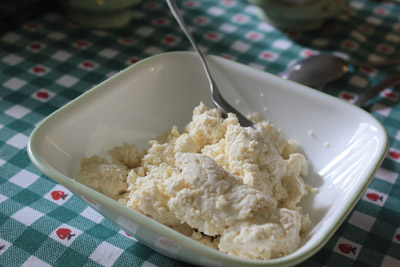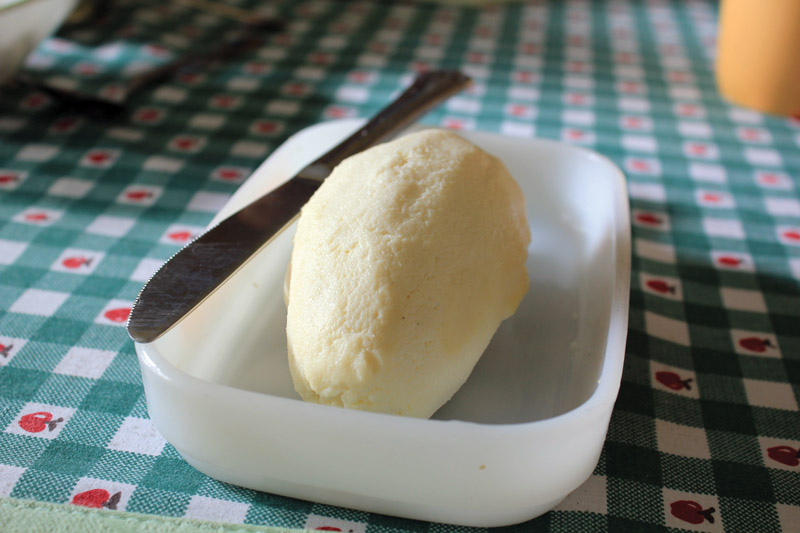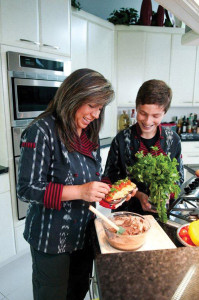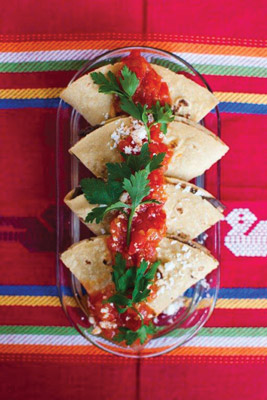Guatemalan Cheeses
Behold the power of cheese! There’s a reason for this: Cheese can seduce the most discriminating tastes, and Guatemalan cheeses rise to the challenge in any kitchen.
There are many styles and methods of making cheese, however, Guatemalan artisan cheeses are the country’s favorites. When was the last time that you tried a queso fresco (fresh cheese)?
In contrast to well-established gourmet European cheeses, Guatemalan and Latin cheeses tend to be unaged because these countries don’t have a long culture of cheese-making.
Beginning with the fact that cows and pigs were not a part of the original diet of the Americas, as they came during the Columbian Exchange, cheese practice was introduced during colonial times.
Any cheese-loving Guatemalan will tell you that the best cheese in the country comes from the Cradle of Cheese, Taxisco, in the Department of Santa Rosa located in the southeast side of the country bordering the Pacific Ocean, a warm environment.
During my childhood, I remember enjoying cheeses from Zacapa. My mother and grandmother raved about the queso seco (dried cheese), requesón (ricotta) and the mantequilla de costal (freshly churned butter) from this region.
Well-known foods, such as quezadilla (crumbly freshly baked sweet cheese bread) wrapped in waxed paper, are sold at key stops along the Atlantic highway connecting Chiquimula with Guatemala City.
For the cheese lover, there are many opportunities to taste these fresh treats, which are sold in neighborhood tiendas (stores), door to door in some places, and at the mercado. Banana leaves and other natural wrappings are sometimes used to keep cheeses moist and fresh, but I suspect that this practice began out of need. (Foil is more expensive than the abundant leaves that grow in many people’s backyards.)
Next time that you are in the market or visit with a Guatemalan, ask where you can buy some fresh cheese. They come in various styles with different names, such as fresco (high moisture), oreado (medium) and seco (low moisture).
Crumbly fresh cheeses have a short shelf life and must be consumed within days. They contain a higher level of moisture and have a texture unlike other cheeses that you may be familiar with.

The perfect pairing for frijoles (black beans) is crema and queso along with freshly made corn tortillas.
Other popular cheeses and dairy products are queso de capas (my favorite cheese similar to mozzarella in texture), quesillo (another style) and crema (table cream similar to crème fraiche).
One of the reasons fresh cheeses are loved by Guatemalans is because they are of good quality and flavor and readily available at a reasonable price. The perfect pairing for frijoles (black beans) is crema and queso along with freshly made corn tortillas.
Commercial manufacturers these days have expanded their offerings beyond these cheeses to other styles, like smoked, lavado de pita (similar to Oaxaca) and con locoro (with loroco flower buds and other flavorings), among others. By far the most popular is cow’s milk cheese, although there is also sheep’s cheese.
At a commercial level, cheeses are judged by professionals and categorized very similarly to a good wine or coffee. Sabor (flavor), aroma, textura, color and vista (looks) are the common lingo used to qualify good cheeses.
The commercial houses abide by higher manufacturing standards much like other international manufacturers. Denomination of origin (like in Europe) is the standard that established cheese manufacturers abide by while artisans remain unregulated, despite cheese authorities’ attempts to change this practice.
One thing is certain, all cheeses are worth enjoying under various eating scenarios, with wine, in food, as fondue, and the choice is yours!
DOBLADAS DE FRIJOLES Y QUESO
Refried Beans and Cheese-Filled Tortillas with Spicy Tomato Sauce
recipe by Chef Amalia Moreno-Damgaard
The word dobladas means “folded.” Dobladas make an easy, tasty and healthy snack. This is my dressed-up version of my grandmother’s recipe. Traditional dobladas are fried and have other fillings.
Makes 6 dobladas
Chirmol de Tomate y Chile (Tomato and Chile Sauce)
1 tablespoon canola oil
2 cups finely diced Roma tomatoes
1 cup finely diced yellow onion
1 teaspoon finely diced chiltepe (or hot chili of choice)
Kosher salt and freshly ground black pepper
6 corn tortillas
1/2 cup crumbled queso fresco
1/2 cup refried black beans
Canola oil
Garnish
1/2 cup crumbled Guatemalan queso seco (or cotija cheese)
Flat-leaf parsley
Put the tablespoon of oil in a hot skillet. Add the tomatoes, onions, chilis and salt and pepper.
Cook until saucy (3 to 5 minutes). Taste and adjust seasonings, if needed.
In a skillet over high heat, warm the corn tortillas for about 30 seconds per side. Keep the tortillas warm and flexible in a tortilla warmer or wrapped in kitchen towels.
Combine 1/2 cup of queso fresco and the beans in a bowl. Divide into 6 equal portions and place on each tortilla. Gently fold the tortillas in half.
Preheat a skillet or griddle. Brush the stuffed tortillas on both sides with a light coating of canola oil and place them immediately on the hot griddle for about 1 1/2 minutes per side. Place the cooked dobladas on a platter and cover them with kitchen towels to keep them warm until you’re ready to eat.
Serve the dobladas garnished with sauce, cheese and parsley.
Amalia Moreno-Damgaard is an award-winning bestselling chef author born and raised in Guatemala City currently living in the Twin Cities. She provides individuals and companies with a taste and understanding of Latin cultures through healthy gourmet cuisine education, consulting, bilingual speaking and writing and fun culinary experiences. Her cookbook “Amalia’s Guatemalan Kitchen-Gourmet Cuisine With A Cultural Flair” has won 9 international awards. AmaliaLLC.com


